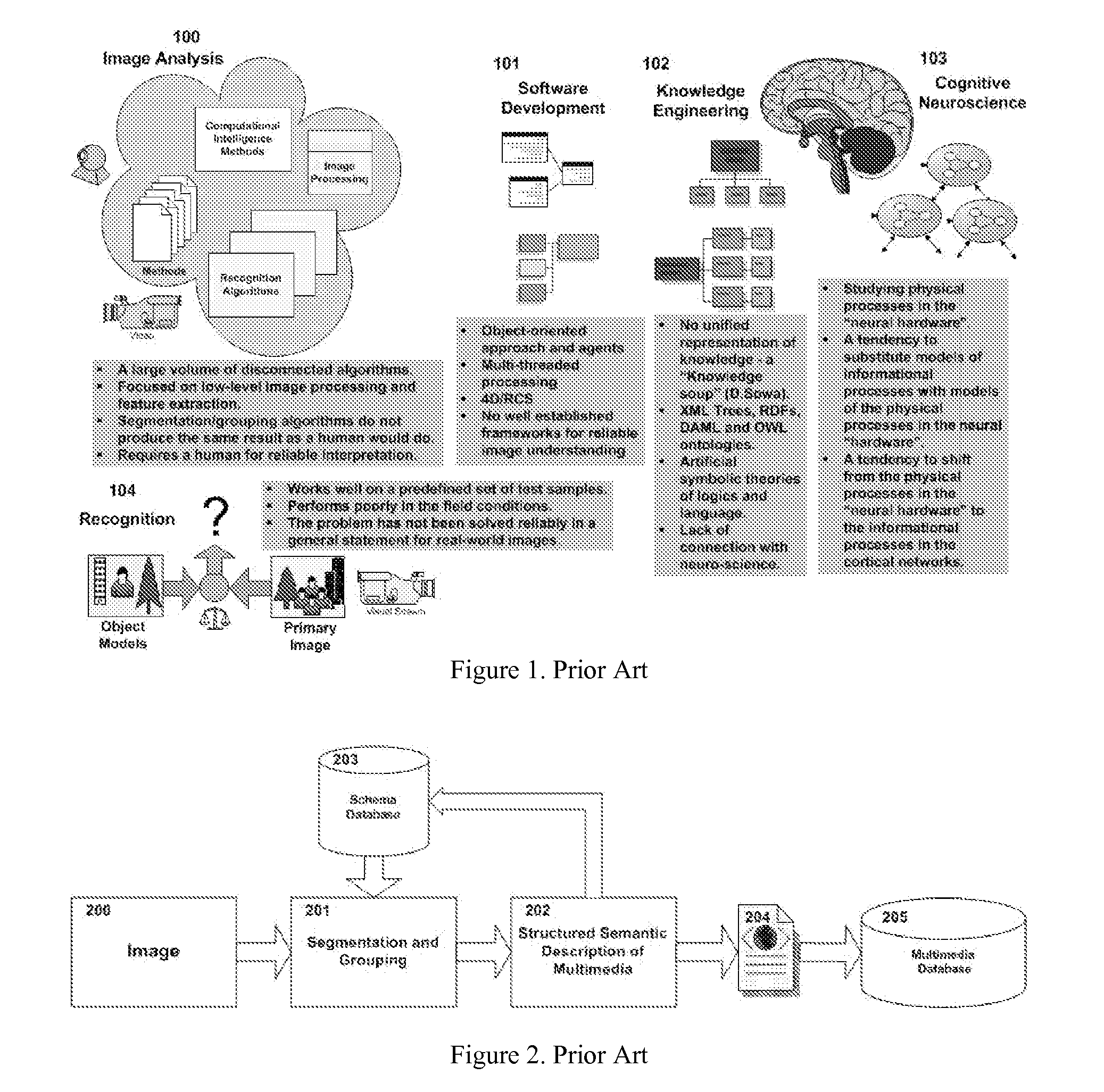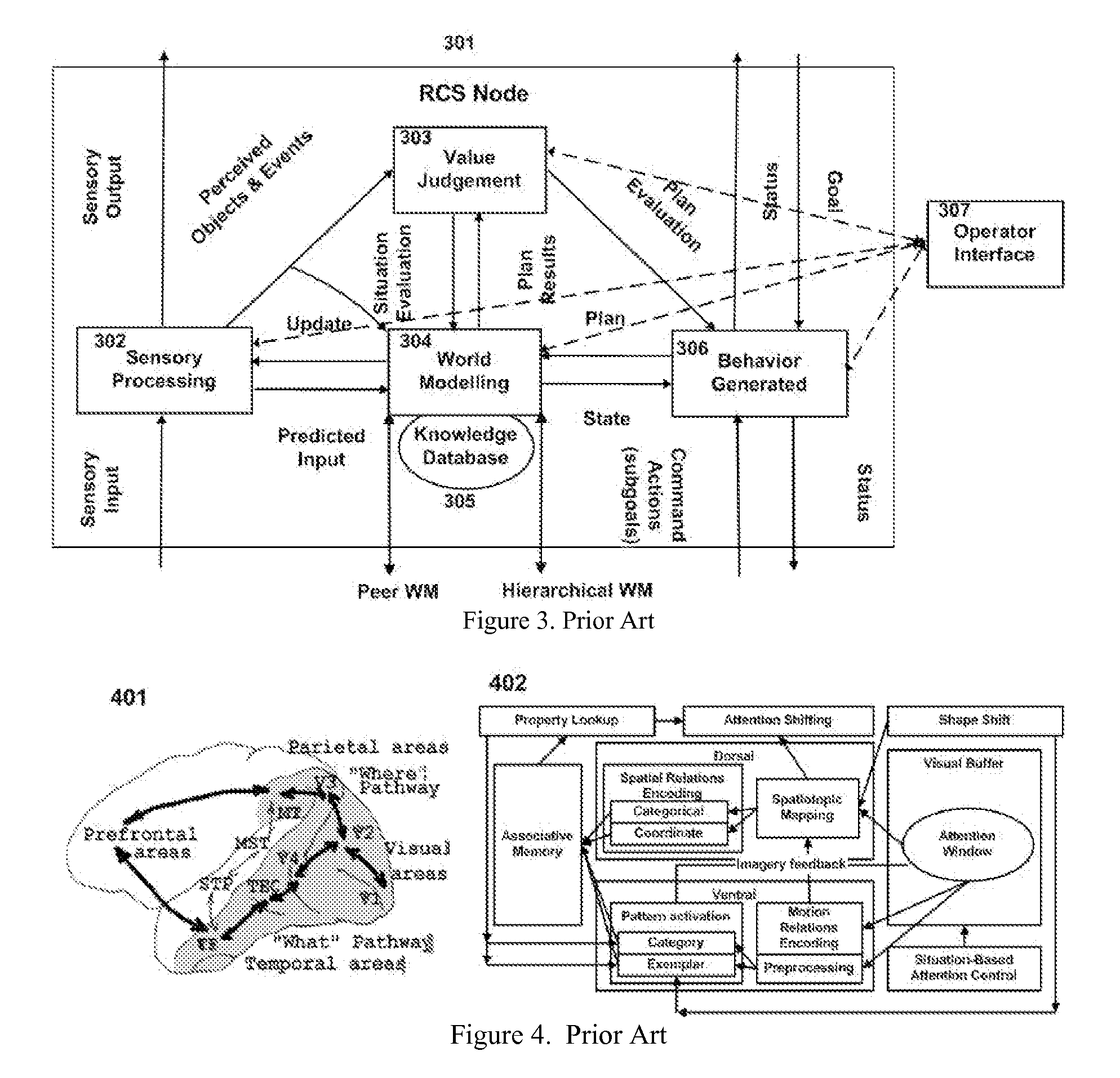If captured, a UGV might call in
artillery on itself or self-destruct.
Tactical behaviors for robots have not fully matured yet.
Advances in
software for real-time cognitive processes are not being integrated yet into tactical behavior technologies for UGV systems.
Unstructured roads
pose a challenge because the roads are likely to appear unmarked, and edges may not be distinct.
Current approaches may lose the road on sharp curves or classify steep slopes as obstacles.
Obstacle detection on unstructured roads may be more difficult because curves or dips may limit opportunity to look far ahead.
Difficulty will be encountered when the “road” is defined more by texture and context.
In a combat environment obstacles may include bomb craters, masonry piles, or other debris.
In addition,
perception performance will be affected by weather, levels of illumination, and natural and manmade obscurants that affect
visibility.
But despite impressive demonstrations, today's automated systems remain below human driving performance under realistic driving conditions even on structured roads.
And there are significant gaps in road-following capability and performance in the
urban environment, on unstructured roads and under all-weather conditions.
More importantly, the system was able to react only when something already started happening and target became clearly noticeable, which might not be acceptable for combat situations, especially for FCS.
Because of that, human observers can monitor and scan potential
threat areas and find hidden objects while the modern
computer vision systems lack these capabilities
But nothing yet can replace human vision in its unique ability to understand and interpret
perceptual information.
None of the systems can match the performance of an alert human driver, which is using context and experience in addition to
perception.
In many cases, an object can only be recognized correctly after identification of its role / position in the visual scene.
Therefore, the separation of an object from
clutter might simply not be feasible without this step.
This usually creates an
ambiguity and imprecision, while the natural vision provides unambiguous separation of an object from its background.
Vision mechanisms can never be completely understood apart from the informational processes related to knowledge and intelligence.
Failure of modem
computer vision systems is, in a major sense, failure of their knowledge components.
However, Description Schemas relate to mid- and high-level
image processing, which has not yet been well formalized.
But the problem of transforming primary image structures directly into semantic description has not been solved yet, as processes on the intermediary levels are not well understood and formalized.
However, neither
RDF nor
XML Schema has been designed to describe complex dynamic hierarchical structures that constitute most of real images.
These approaches might work well for image and
multimedia databases as they allow for creating structured collections of images, and querying them on certain similarity criteria, but not for the robots and UGVs that must perform in the real-time and in hostile environments.
But, more importantly, they are not able to provide needed level of understanding of the environment by a
robot or an
Unmanned Ground Vehicle.
Ambiguity and uncertainty in the real-world visual information can not be resolved without a system of
active vision.
There are many situations when generation of a meaningful structural description might not be possible for certain image components without interaction with motor programs.
However, these processes are neither well understood nor formalized.
As of today, there is a significant gap between low-level
image processing and its semantic description.
This requires a decision support context, and this is not possible without an effective knowledge system that provides effective World Modeling.
Knowledge systems have been intensively studied beginning in the late 1960s, but the status of knowledge models is very similar to
Computer Vision, where numerous theoretical and computational methods exist but none of them can cover the entire process.
In the same way, the established methods of knowledge representation capture certain aspects of knowledge processes and models, but none of them can meet the requirements to knowledge representation from the previous page in the first section.
The artificial symbolic strings of a written
human language cannot serve as a good representation for knowledge models.
Although strings of symbols are perfectly readable by humans, it is difficult to build an
inference engine for such a representation of knowledge.
Such a knowledge system is limited mostly to what a human can type in.
It is well known that expert systems in the late 80's and early 90 have proved themselves to be ineffective in most areas of potential application.
Even when it was possible to collect enough knowledge to cover a major number of possible cases of system behavior, there always were some unplanned situations.
However, a
human operator inside the loop jeopardizes the whole idea of such a system.
But it does not serve well for modeling.
But such models don't appear to capture the essence of informational processes in biological systems.
The unsolved problems with knowledge and lack of its unified representation and
processing leave the current arts at the level of separate methods which do not allow them for the creating of a full-scale
perception system for robots and unmanned vehicles without meeting additional requirements.
However, it is impossible to have a complete set of models for every possible situation.
Lack of a unifying representation of knowledge has led to
hybrid vision systems combining
heuristics and dissimilar approaches.
Without methods that work with visual information as mid- and
high level vision does it is not possible to create full-scale perception for robots and unmanned vehicles.
 Login to View More
Login to View More  Login to View More
Login to View More 


